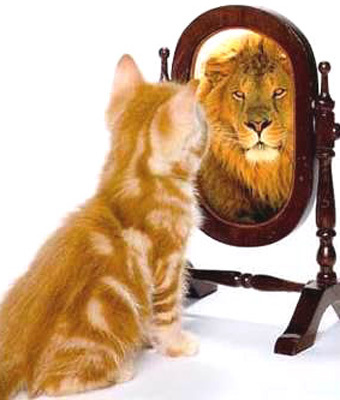The idea that the lives we are constructing (or allowing others to construct) for our children are toxic is surely part of the wider debate on education, and therefore it is as old as debate on education. However it has been given a major boost by a book by Sue Palmer called Toxic Childhood which stimulated a variety of articles in the educational and general press.
Amazon’s Book Description
One in six children in the developed world is diagnosed as having ‘developmental or behavioural problems’, and the number is rising by 25% each year – this book explains why and shows what can be done about it
Synopsis
Children throughout the developed world are suffering: instances of obesity, dyslexia, ADHD, bad behaviour and so on are all on the rise. And it’s not simply that our willingness to diagnose has increased, there are very real and growing problems. Sue Palmer, a former head teacher and literacy expert, has researched into a whole range of problem areas, from poor diet, a lack of exercise and sleep deprivation to a range of modern difficulties that are having a major effect: television, computer games, mobile phones. This combination of factors, added to the increasingly busy and stressed life of parents, means that we are developing a toxic new generation. Sue Palmer’s wonderful book illustrates the latest research from around the world – in Japan, for example, use of chopsticks is declining rapidly among children – and provides answers for worried parents as to how they can protect their families from the problems of the modern world and help ensure that their children emerge as healthy, intelligent and pleasant adults. Toxic Childhood is an enormously important book that reveals the issues behind our general concerns that ‘things are getting worse’ and shows how you can make sure that your own children suffer as little as possible.
It might be that the book has done a great deal of good in that it has started a debate that is widening even if it isn’t deepening.
The reason I went back to what I considered to be the ultimate of all questions; “What is it to be human – fully and positively?” The toxicity of what we provide for children is not just physical and technological – it is spiritual as well and to de-toxify, and prevent toxicity, we need to go back to basics – not to the nonsense touted by UK Prime Minister John Major some years ago but to basics that enable children to develop healthily and holistically.
What would you include in that list?
Mine would be quite a long list. Here are three chosen at random;
1) Enable children to maintain interaction with the natural world.
2) Identify those skills and attitudes that enable children to deal most effectively with toxic messages – what is the spiritual equivalent of Jamie Olivers’s healthy school dinners?
3) Enable parents to support their children in 2) through identifying and communicating good practice – why is there such a dearth of good examples – they don’t have to be ‘monolithic’, there can be a variety of views as to what constitutes good practice?
There is a lot of debate re the toxicity of the childhood our children are having – just Google the term ‘toxic childhood’.
My last word for now is to recall a short epithet that I found healing, ‘It’s never too late to have a happy childhood!’
—–0—–
All postings to this site relate to the central SunWALK model in the PhD.
Summaries are HERE



